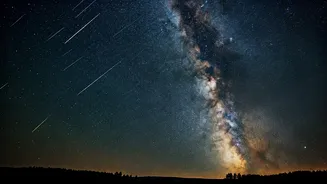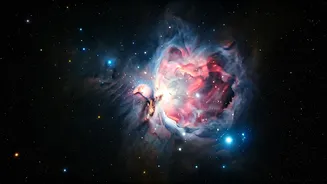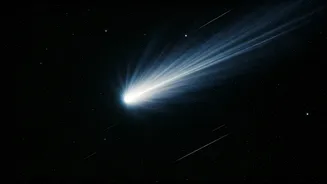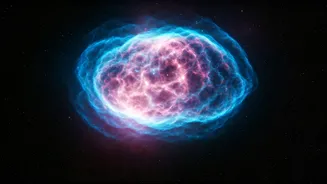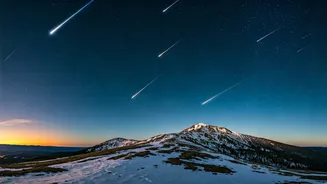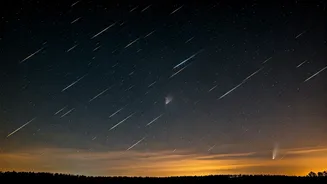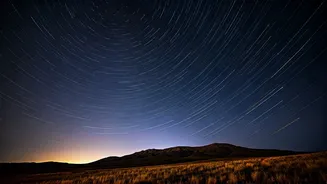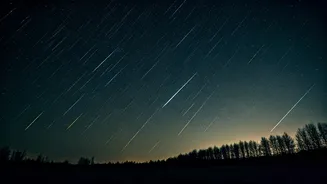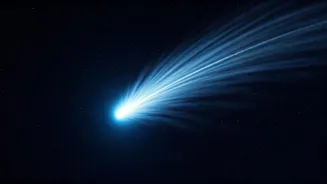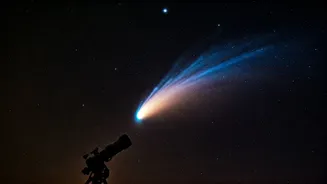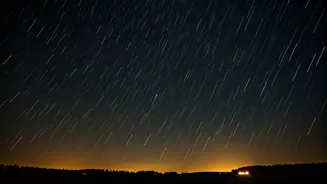Orionid Meteor Shower
One of the highlights of the October sky was the Orionid meteor shower. This celestial event provided a stunning display as the Earth passed through the debris
trail left by Halley's Comet. The shower, known for its speed and brightness, was visible under dark, moonless skies. To maximize viewing, stargazers were advised to find a location away from city lights, allowing their eyes to adjust to the darkness. The Orionids peaked overnight, offering a captivating show for those who looked up at the right time. The peak period provided a great chance to witness this annual spectacle of shooting stars. The dark skies further enhanced the visibility, making the meteor shower a truly unforgettable event. The combination of clear skies and a moonless backdrop made this a prime opportunity for observers to witness one of the most reliable and beautiful meteor showers of the year.
Full Moon and Antares
In October 2025, the full moon, often called the Hunter's Moon, was a key feature. This full moon was not alone, as it was slated to be near Saturn. Another notable event involved the red supergiant star Antares. On specific nights, skywatchers had a chance to see the moon shine alongside Antares after sunset. Moreover, the New Moon of October 2025 offered a different visual as it hid red star Antares for some fortunate stargazers. The celestial dance between these cosmic bodies provided photographers and casual observers alike with striking views. This interplay between the Moon and Antares was a unique element, enhancing the October sky's already impressive display. The close proximity allowed for easy spotting, enriching the stargazing experience for many.
Planetary Brightness & Sightings
October's night sky featured the brightest planets. Observers were treated to views of these planets and information was made available on how to spot them and when to look. The planets presented excellent targets for observation. Early in the month, the moon and Venus took a morning stroll through the sky, presenting a beautiful celestial alignment. In other instances, Mars came close to the waxing crescent moon after sunset, presenting another chance to see them. Mars was also close to the slender crescent moon at sunset, further offering visually appealing events. These planetary positions combined to create a rich and rewarding viewing experience.
Other Celestial Wonders
Besides the meteor shower and planetary events, October 2025 also highlighted other celestial wonders. Observers had the chance to view Comet C/2025 R2 (SWAN) as it shone in the sky. Comet Lemmon was also visible and made a memorable appearance. The Japanese astronaut captured a stunning aurora photo from orbit, which brought a different perspective. Additionally, the Hubble Space Telescope spotted a glowing 'starburst ring' adding depth to the visual narrative. These events offered diverse and engaging experiences for skywatchers. They combined to ensure that October 2025 will be remembered as a month filled with impressive celestial events.
